Regulatory Framework Enhancements
The hydrogen fueling-station market in Germany benefits from a robust regulatory framework that encourages the development and deployment of hydrogen infrastructure. The German government has implemented various policies aimed at reducing greenhouse gas emissions, which include incentives for hydrogen fueling stations. For instance, the National Hydrogen Strategy outlines a roadmap for increasing hydrogen production and utilization, aiming for 5 GW of electrolyzer capacity by 2030. This regulatory support is crucial for attracting investments in the hydrogen fueling-station market, as it provides a clear direction for stakeholders. Furthermore, the European Union's Green Deal complements these efforts by promoting clean energy initiatives, which could potentially lead to a 30% increase in hydrogen production by 2030. Such regulatory enhancements are likely to stimulate growth in the hydrogen fueling-station market, fostering a more sustainable transportation ecosystem.
Investment in Infrastructure Development
Investment in infrastructure development is a key driver for the hydrogen fueling-station market in Germany. The government has allocated substantial funding to establish a comprehensive network of hydrogen stations, with an estimated €9 billion earmarked for hydrogen projects by 2030. This investment is expected to facilitate the construction of over 400 hydrogen fueling stations across the country, significantly enhancing accessibility for consumers and businesses alike. Additionally, private sector investments are also on the rise, as companies recognize the potential of hydrogen as a clean fuel alternative. The collaboration between public and private entities is likely to accelerate the deployment of hydrogen infrastructure, thereby increasing the market's growth potential. As the infrastructure expands, it may lead to a 25% increase in hydrogen vehicle adoption, further driving demand in the hydrogen fueling-station market.
Collaboration Between Industry Stakeholders
Collaboration between industry stakeholders is emerging as a crucial driver for the hydrogen fueling-station market in Germany. Partnerships among automotive manufacturers, energy providers, and technology firms are fostering innovation and accelerating the deployment of hydrogen infrastructure. For instance, joint ventures are being formed to share resources and expertise, which can lead to more efficient station designs and operations. Additionally, these collaborations often result in shared funding initiatives, reducing the financial burden on individual companies. The hydrogen fueling-station market is likely to benefit from these synergies, as they can enhance the speed and scale of infrastructure development. As stakeholders work together, the market may experience a 15% increase in the number of operational stations by 2027, further solidifying hydrogen's role in the future of transportation.
Technological Innovations in Fueling Systems
Technological innovations in fueling systems are transforming the hydrogen fueling-station market in Germany. Advances in hydrogen compression and storage technologies are enhancing the efficiency and safety of fueling stations. For example, the development of high-pressure hydrogen storage systems allows for faster refueling times, which is crucial for consumer acceptance. Moreover, the integration of renewable energy sources in hydrogen production, such as wind and solar, is becoming more prevalent. This shift not only reduces production costs but also aligns with Germany's commitment to sustainability. The hydrogen fueling-station market is likely to see a 20% reduction in operational costs due to these technological advancements, making it a more attractive option for investors and operators. As these innovations continue to evolve, they may significantly impact the overall growth trajectory of the hydrogen fueling-station market.
Rising Demand for Clean Transportation Solutions
The rising demand for clean transportation solutions is a pivotal driver for the hydrogen fueling-station market in Germany. As consumers become increasingly aware of environmental issues, there is a growing preference for zero-emission vehicles, including hydrogen fuel cell vehicles. This trend is supported by various initiatives aimed at promoting sustainable mobility, such as the German government's target to have 1 million hydrogen vehicles on the road by 2030. The increasing adoption of hydrogen vehicles is expected to create a corresponding demand for hydrogen fueling stations, potentially leading to a 40% increase in station installations over the next five years. Furthermore, the automotive industry is responding to this demand by investing in hydrogen technology, which could further bolster the hydrogen fueling-station market. This alignment of consumer preferences and industry efforts is likely to drive significant growth in the sector.


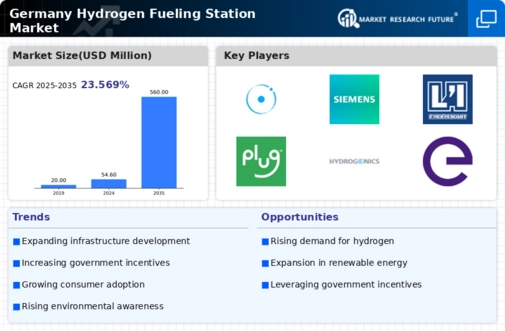
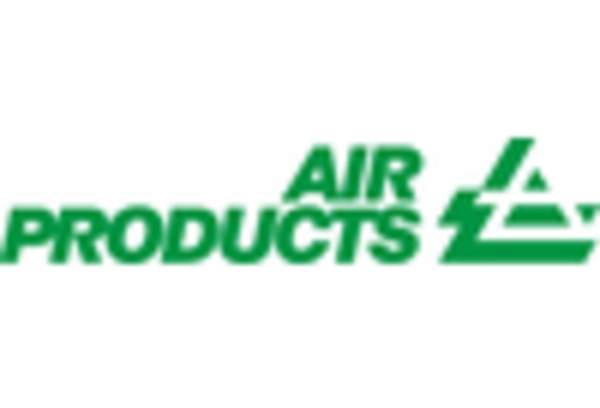
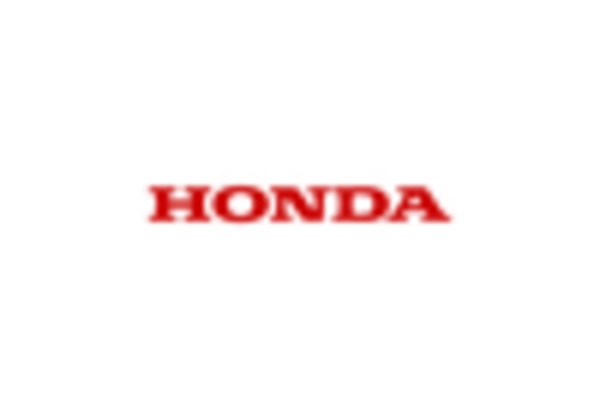
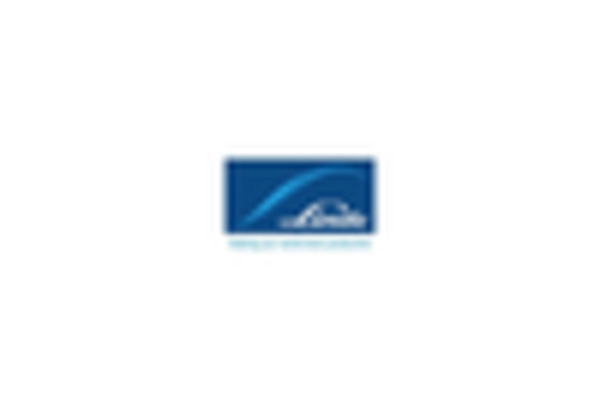
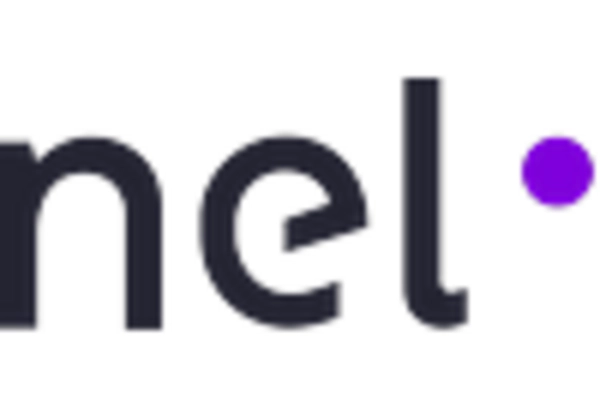
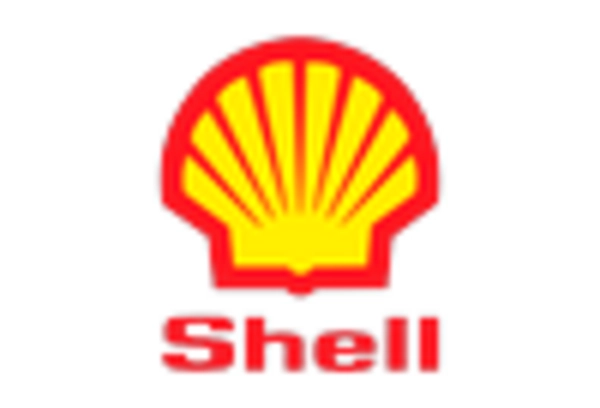
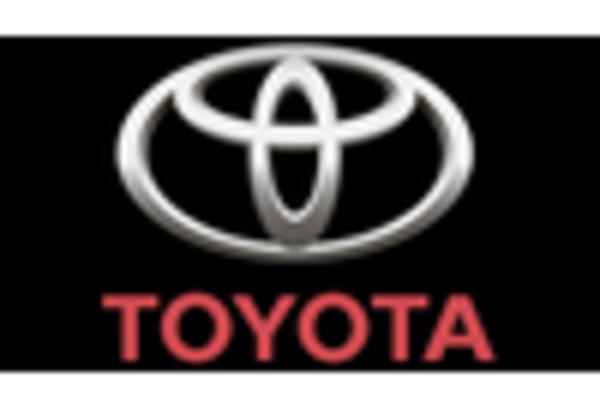








Leave a Comment